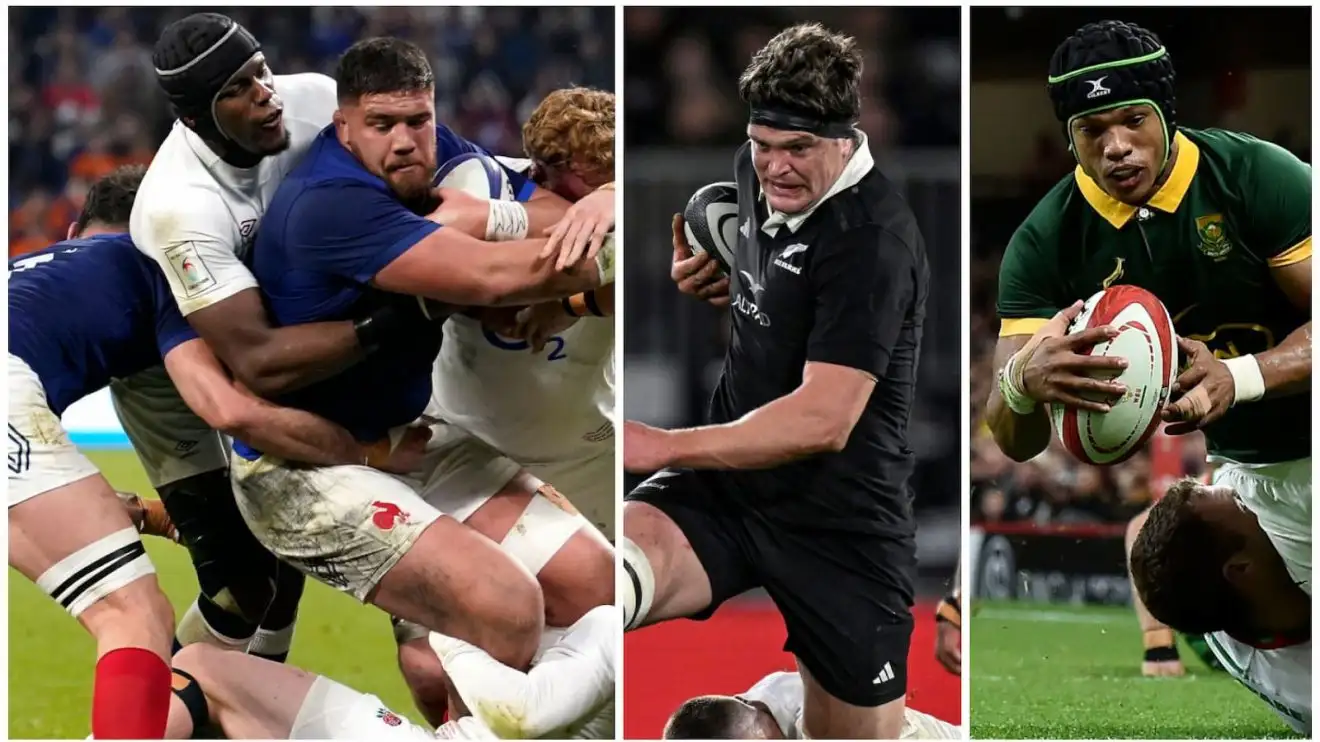Fly Half Genius: The Best Playmakers Who Defined the Rugby Game
Introduction
The fly half, or outside half as it is sometimes known, occupies a pivotal position in rugby union, serving as the orchestrator of the attack and the linchpin between the forwards and the backs. This demanding role necessitates a rare blend of vision, skill, and tactical acumen. More than just distributors of the ball, the truly exceptional fly halves possess the ability to dictate the tempo of a match, exploit weaknesses in the opposition’s defense, and inspire their teammates through moments of individual brilliance. This article will delve into the careers and contributions of some of the most influential fly halves who have graced the game, examining how they shaped the role and left an indelible mark on rugby history.

Pioneering Playmakers: Shaping the Early Game
The 1960s: Emergence of Flair and Innovation
While information and film are sparse from this era, players like Phil Bennett (although his peak came in the ’70s, his roots lay firmly in the previous decade) began to exemplify a more attacking and intuitive style of fly half play. With the game becoming increasingly open, the importance of quick thinking and accurate passing began to gain prominence. Although statistical data is limited, eyewitness accounts consistently highlighted Bennett’s ability to unlock defenses with his vision and footwork. His early appearances for Wales foreshadowed the golden era of Welsh rugby to come.
The 1970s: A Golden Age of Attacking Rugby
The 1970s witnessed a surge in attacking rugby, and no one epitomized this more than the aforementioned Phil Bennett. A cornerstone of the legendary Welsh team of the decade, Bennett’s elusive running, perfectly weighted kicks, and courageous defense set a new standard for fly half play. He was a master of the counter-attack, turning defense into attack with breathtaking speed and skill. His influence extended beyond his own playing style, inspiring a generation of fly halves to embrace a more expansive and creative approach to the game.
The 1980s: The Rise of Strategic Mastery
As rugby became increasingly structured and tactical, the role of the fly half evolved to encompass greater strategic awareness. Mark Ella of Australia was a standout figure during this era. His unparalleled vision, coupled with his intelligent kicking game, allowed him to control the game’s tempo and dictate his team’s attacking patterns with remarkable precision. Ella’s ability to read the game and exploit defensive vulnerabilities made him a formidable opponent and a key architect of Australia’s successes.
Modern Masters: Defining the Contemporary Game
The 1990s: Physicality and Precision
With the advent of professionalism, rugby demanded greater physicality and athleticism from its players. Jonny Wilkinson, although his influence reached its zenith in the 2000s, emerged as a young prodigy during the late 1990s. He combined unwavering accuracy with a relentless work ethic. His tackling ability was remarkable for a fly half, and his dedication to honing his skills, particularly his goal-kicking, transformed the role. While his attacking flair perhaps wasn’t as prominent as some of his predecessors, his steely determination and unwavering focus made him a formidable competitor.
The 2000s: The Era of Specialization and Tactical Depth
The 2000s saw the continued rise of Jonny Wilkinson, whose influence on the game was undeniable. His World Cup-winning drop goal in 2003 solidified his status as a rugby icon. However, the decade also saw the emergence of other exceptional fly halves, such as Dan Carter of New Zealand. Carter possessed a complete skillset, combining Wilkinson’s accuracy and tactical awareness with Bennett’s attacking flair and creativity. His ability to unlock defenses with his passing, running, and kicking made him arguably the most complete fly half of all time. He redefined the role, demonstrating that a fly half could be both a pinpoint accurate strategist and a breathtakingly inventive attacker.
2010s-Present: Versatility and Adaptability
The modern game demands versatility, and fly halves like Beauden Barrett have excelled in this environment. Barrett’s electrifying pace, exceptional footwork, and innovative attacking play have made him a nightmare for defenders. He represents a new breed of fly half, one who can seamlessly transition between playmaker, runner, and kicker, adapting his game to suit the demands of the moment. The current era continues to produce talented fly halves, each bringing their unique skills and interpretations to this vital position.
Conclusion
The fly halves discussed above represent a diverse range of styles and approaches to the game. From the dazzling brilliance of Phil Bennett to the unwavering dedication of Jonny Wilkinson and the all-around excellence of Dan Carter, these players have consistently pushed the boundaries of what is possible at the fly half position. They have not only entertained and inspired millions of fans around the world but have also fundamentally shaped the evolution of rugby union. Their legacy continues to influence aspiring fly halves today, ensuring that the position remains a source of innovation and excitement for years to come. The constant evolution of the game necessitates constant adaptation, and the future of the fly half position promises to be as dynamic and compelling as its rich history suggests.